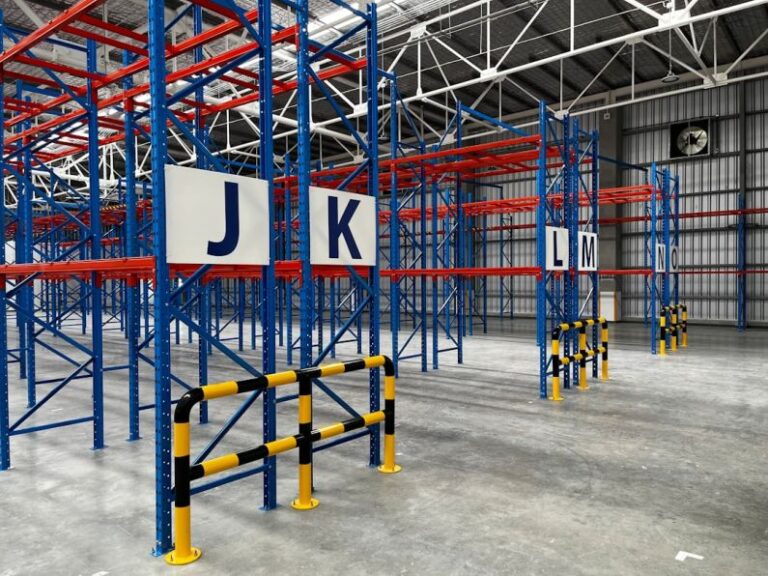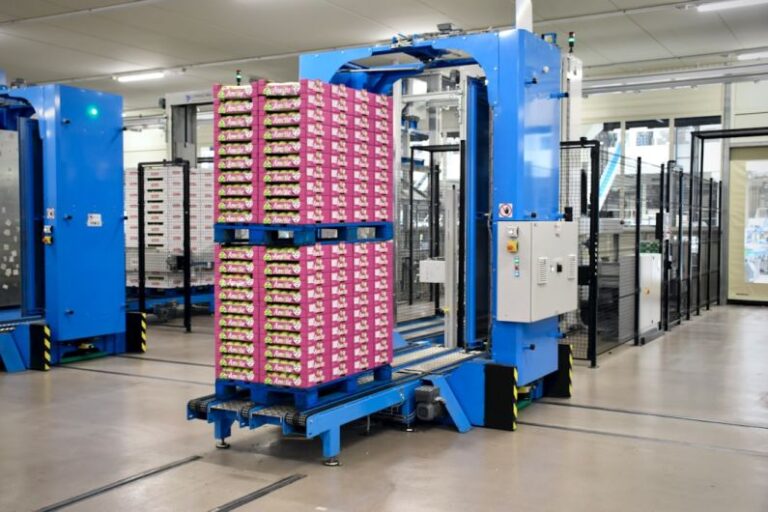Strategies for Managing Seasonal Peaks in Warehousing
Seasonal peaks in warehousing present a unique set of challenges for businesses, requiring effective strategies to manage increased demand and fluctuating inventory levels. During peak seasons, such as holidays or promotional events, warehouses experience a surge in orders, leading to higher pressure on operations and resources. To navigate these periods successfully, companies need to implement proactive measures that optimize efficiency, minimize disruptions, and ensure customer satisfaction. By adopting the right strategies, organizations can not only survive but also thrive during seasonal peaks in warehousing.
Understanding Seasonal Trends
The first step in managing seasonal peaks is to anticipate and understand the specific trends that impact your business. By analyzing historical data, market forecasts, and customer behavior patterns, companies can predict when peak seasons are likely to occur and plan accordingly. This proactive approach enables businesses to adjust inventory levels, staffing, and resources in advance, preventing last-minute scrambling and potential bottlenecks in the warehouse.
Optimizing Inventory Management
Effective inventory management is crucial during seasonal peaks to meet increased demand without overstocking or understocking products. Utilizing demand forecasting tools and real-time data analytics can help businesses accurately predict customer needs and adjust inventory levels accordingly. By maintaining a lean inventory and implementing just-in-time restocking strategies, companies can minimize storage costs and maximize operational efficiency during peak seasons.
Streamlining Order Fulfillment Processes
During seasonal peaks, order fulfillment processes need to be streamlined to handle higher order volumes efficiently. Implementing automation technologies, such as conveyor systems, robotic pickers, and barcode scanners, can significantly improve order accuracy and processing speed. By optimizing warehouse layout and workflow design, businesses can reduce picking and packing times, minimize errors, and ensure timely deliveries to customers.
Flexible Workforce Planning
Flexibility is key when managing seasonal peaks in warehousing, as demand fluctuations require a responsive and agile workforce. Implementing flexible scheduling, cross-training employees, and utilizing temporary staff or outsourcing services can help companies scale their workforce up or down based on demand levels. By ensuring that staff are adequately trained and equipped to handle peak season challenges, businesses can maintain productivity and service quality throughout the busiest times of the year.
Enhancing Communication and Collaboration
Effective communication and collaboration are essential for managing seasonal peaks in warehousing, as coordination between different departments and stakeholders is crucial to smooth operations. Utilizing communication tools, such as warehouse management systems, real-time tracking software, and interdepartmental meetings, can help ensure that everyone is on the same page and working towards common goals. By fostering a culture of collaboration and transparency, businesses can address issues proactively, share insights, and make data-driven decisions to optimize warehouse performance.
Continuous Improvement and Post-Season Analysis
After the peak season has passed, it is essential for businesses to conduct a thorough post-season analysis to evaluate performance, identify areas for improvement, and implement corrective actions. By collecting feedback from staff, customers, and suppliers, companies can gain valuable insights into what worked well and what could be enhanced for future peak seasons. Leveraging this information to implement continuous improvement initiatives and refine strategies can help businesses better prepare for upcoming seasonal peaks and enhance overall operational efficiency.
In conclusion, managing seasonal peaks in warehousing requires a proactive, strategic, and collaborative approach that focuses on optimizing processes, resources, and communication channels. By understanding seasonal trends, optimizing inventory management, streamlining order fulfillment processes, planning workforce flexibility, enhancing communication and collaboration, and continuously improving operations, businesses can successfully navigate peak seasons and capitalize on opportunities for growth. By implementing these strategies, companies can not only meet customer demands during peak seasons but also build a resilient and adaptable supply chain that can withstand future challenges and fluctuations in demand.






